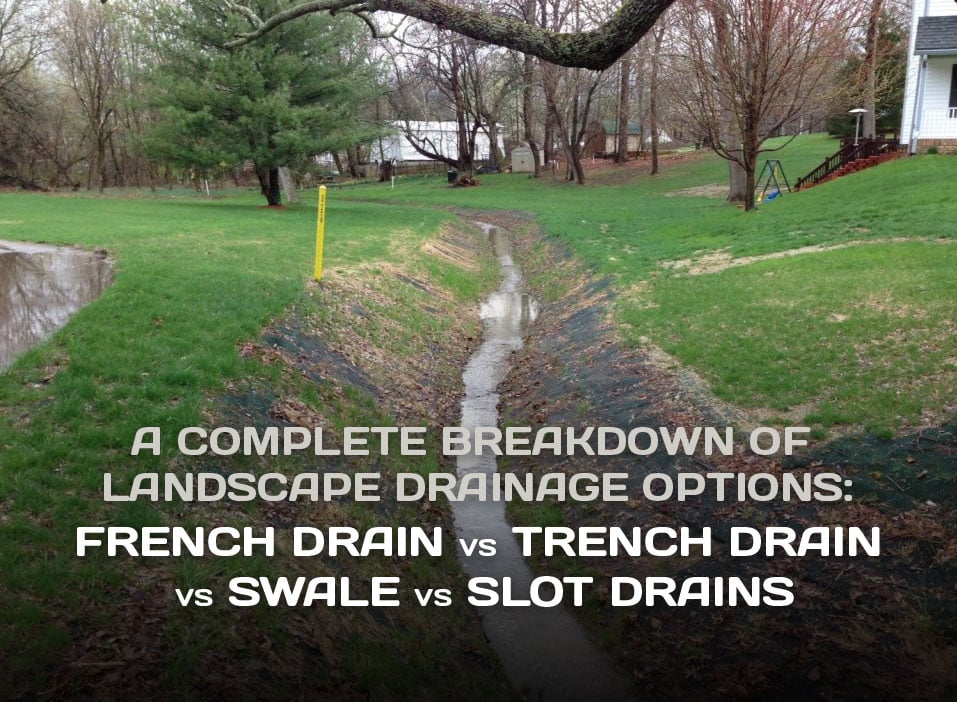
Landscaping is an art form, and it's important to maintain your property so that things remain beautiful. Ensuring that the landscape gets sufficient water and that any excess is properly drained is a vitally important consideration. The drainage system you choose will drastically impact how your property handles standing water, runoff, and heavy rains.
With so many options on the market, how do you know which one is best for your landscaping needs?
Here's what you need to know to make a decision.
Slot Drain System
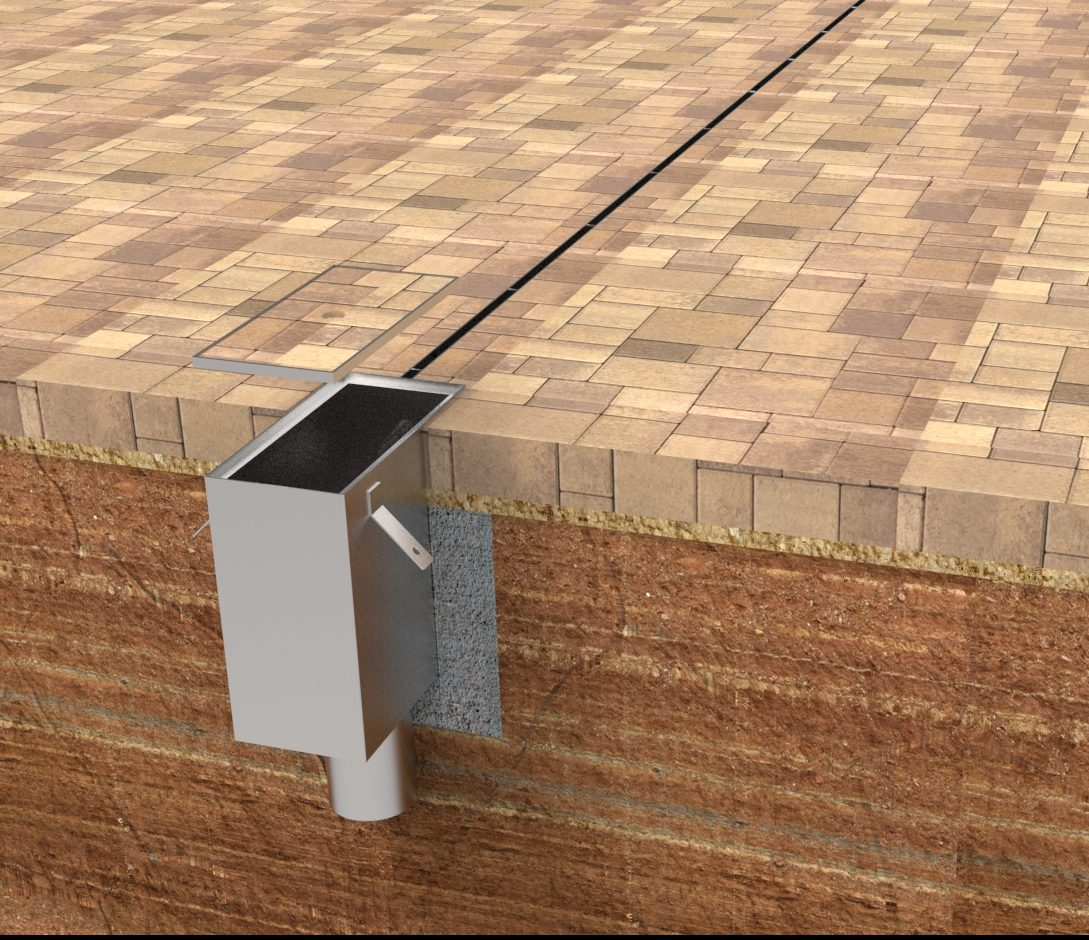
The slot drain system is most similar to trench drains, but is a thinner, more modern approach to the design. Because of the slot drain's slim opening, it also eliminates the need for bulky, unsightly grates. A smaller opening doesn't mean a slot drain is any less effective, however, since the larger drain channel is actually situated underground.
Many slot drain systems can even handle the heaviest of rainfalls, transporting the water to a desired drainage point thanks to their pre-sloped design. Since the slot opening is only 0.5 to 1.25 inches wide, it helps to prevent large solid material from entering the drain, preventing clogs.
The Slot Drain Systems Slot Drain is incredibly durable and functional, and is the ultimate drainage solution for a beautifully landscaped area. It can act as an elegant perimeter accent, offering a stylish border to an area, or it can blend in seamlessly, allowing things to look as natural as possible. They're perfect for areas with brick pavings or concrete, making them an ideal option for large parks, public patio gardens, plazas, and similar areas.
French Drain SYSTEM
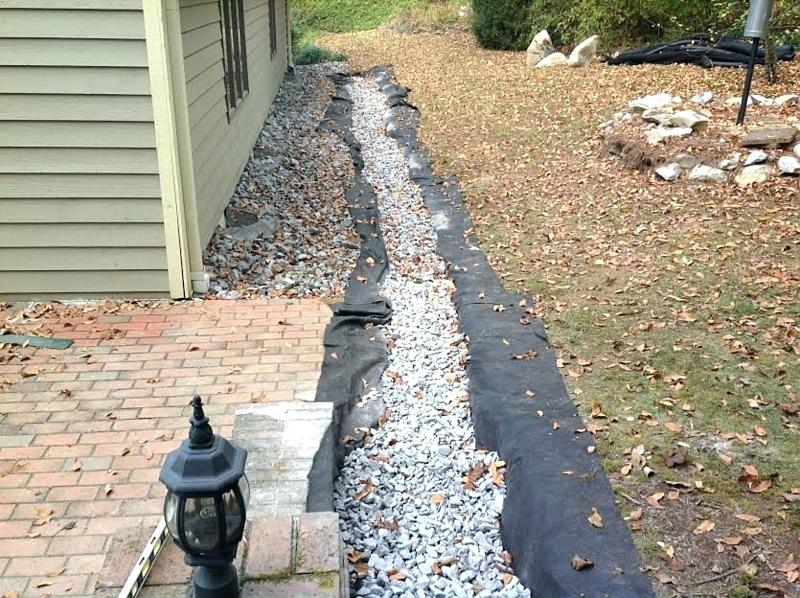
(Photo by http://www.sacstatesnow.com)
The French drain system is one of the oldest and most well-known drainage systems still in use today. Contrary to its name, the French drain did not originate in France, but is named for its inventor, Henry Flagg French.
French created this system as a form of “farm drainage,” and it has become the basis of all modern-day systems.
When water flows through soil, it tends to take the path of least resistance, and while it may occur slowly, it can have severe consequences as it saturates the ground entirely. If the perimeter of a building is landscaped, the water may go toward the building’s foundation if the landscape design doesn't account for grading. Water will find its way into any cracks and getting into the basement level of the structure, which can lead to a whole host of issues including instability and mold.
This is where the French drain comes in. As a subsurface structure, its primary purpose is helping to divert water from the area where the drain is situated. French drains come with an underground barrier trench, made with a gravel bed, which provides an easier route for the water to travel.
This barrier trench leads the water to a perforated pipe located at the bottom of the trench, which transports it to a connected outlet, such as a storm sewer, sump, irrigation cistern, or a swale.
Something to keep in mind about French drain systems is that the design has to accommodate for the natural flow of water, from the highest point in the ground to the lowest.
Trench Drain SYSTEM
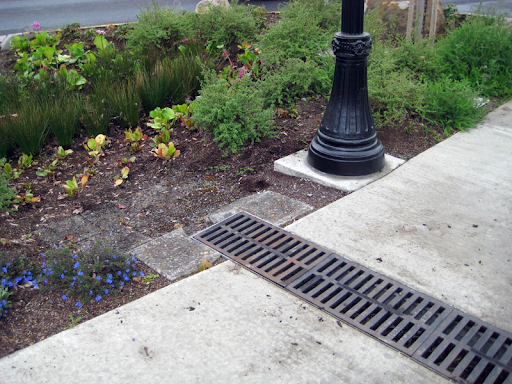
(Photo by https://emswcd.org)
Trench drains are often confused with French drains, but unlike French drains, which are subsurface systems, trench drains are surface systems.
Trench drains are designed to intercept the flow of surface water runoff over vast expanses and are essentially a large drain channel with a heavy grate on top of it. This is the kind of drainage system that you find around commercial buildings, such as restaurants and loading docks. They help to keep the pavement around the trench drain dry, helping to prevent slips and falls.
While trench drains are set into the ground, they are still technically considered a surface drain, meant to clear away water quickly. Underneath the drain’s grate, there is usually a plastic box that acts as a water transport system, taking the drained water and moving it towards a specified drain point.
Trench drains come in many different sizes, from incredibly broad, like what you may see around loading docks or city streets, to very thin, as you see on pool decks.
Swale Drain System
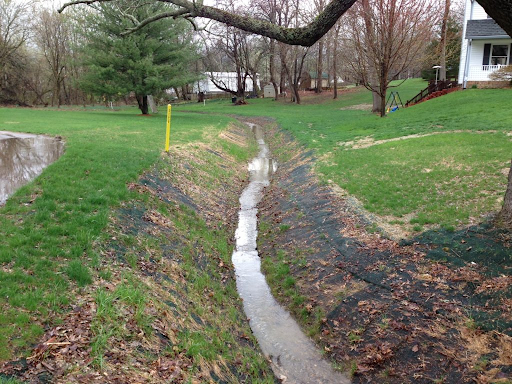
(Photo by https://permacultureapprentice.com)
Swale drain systems are lesser known surface systems that are more broad and shallow than trench drains, making them a more subtle option.
A swale drain is essentially a ditch that gets covered or lined with either grass or another type of vegetation. The goal of a swale drain is to slow and control water runoff to prevent flooding, puddling, and soil erosion. It can also help avoid overwhelming storm drain systems with an influx of water.
What makes a swale drain stand out from a regular ditch is that, by being shallow, it slows down the spread of water runoff, allowing it to gradually filter into the soil on its own, which is less harmful to the surrounding landscaping.
For a more subtle drainage solution, swale drains are a great option to consider. They typically have a curved profile that starts from one edge and flows gently down, and then up, allowing even extensive swales to look as if they are part of the sculpting of the surrounding landscape.
Because of this, they are often used in residential and commercial areas, and even in sustainable landscapes as a means of water conservation.
QUESTIONS?
Do you have questions about how a slot drain system may benefit your commercial landscaping project? Contact one of our drainage experts today for suggestions and advice to ensure that your project receives the best drainage possible.


